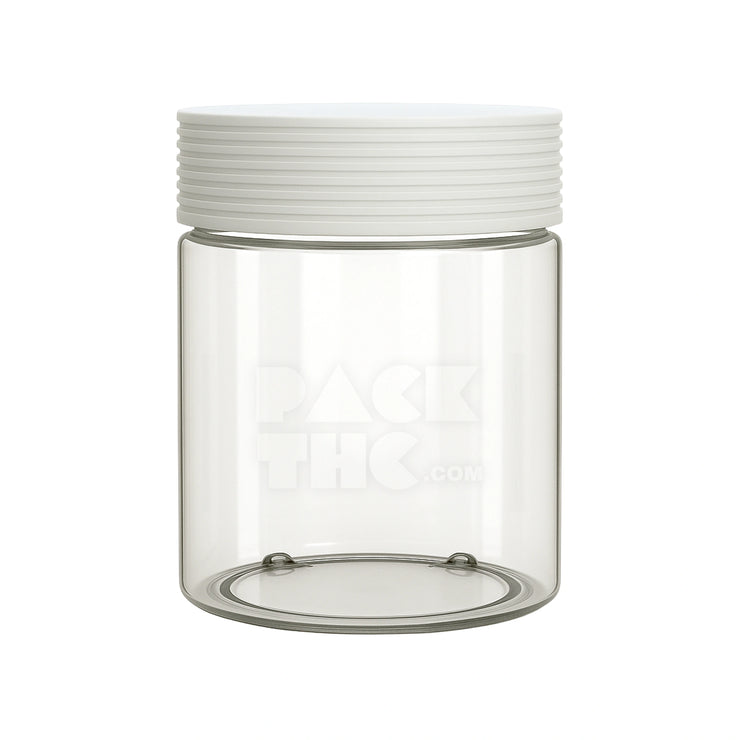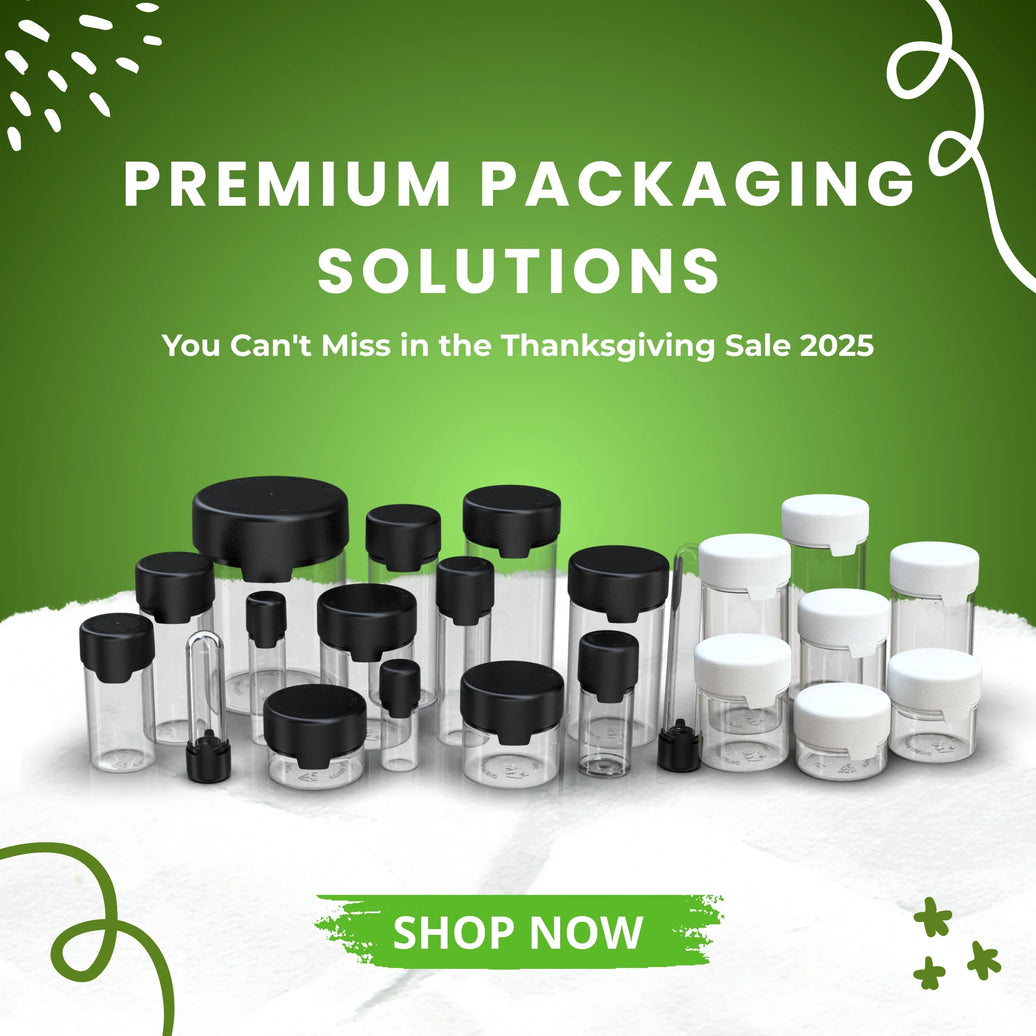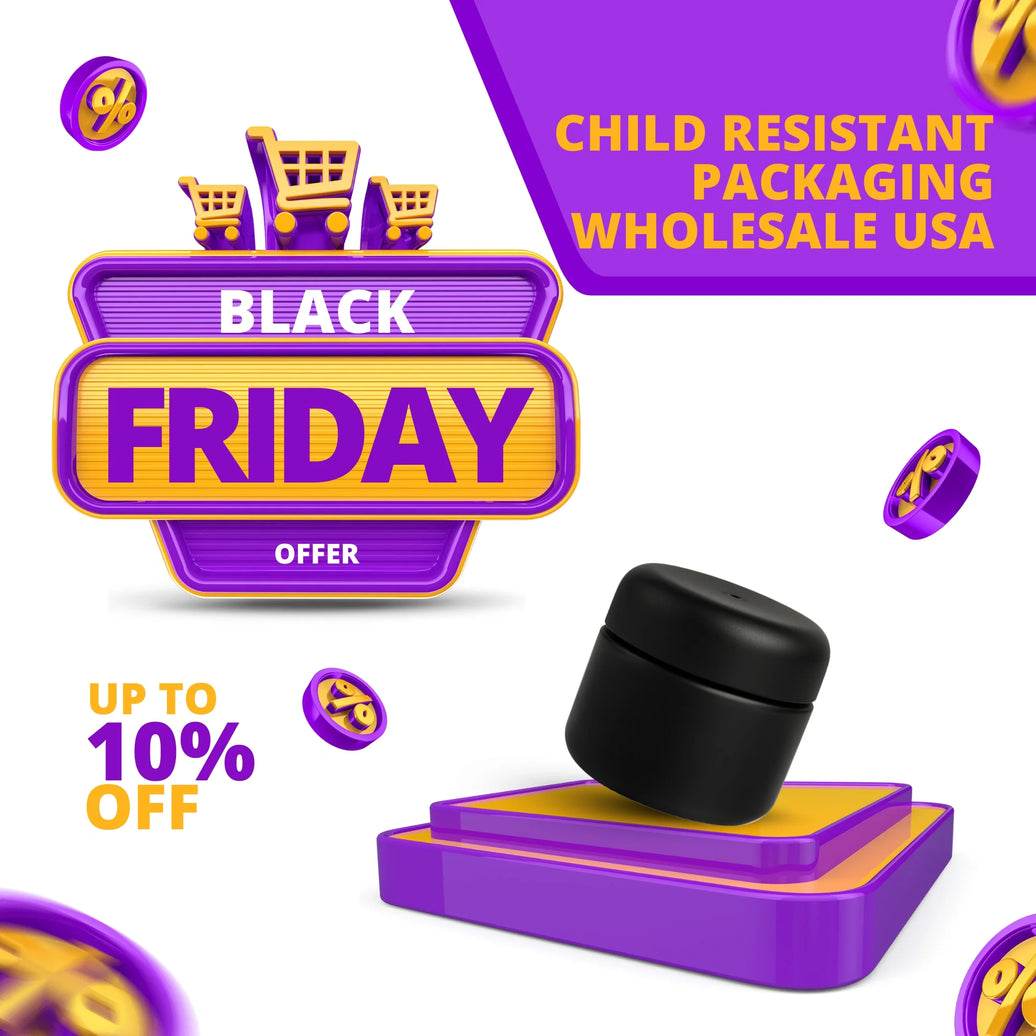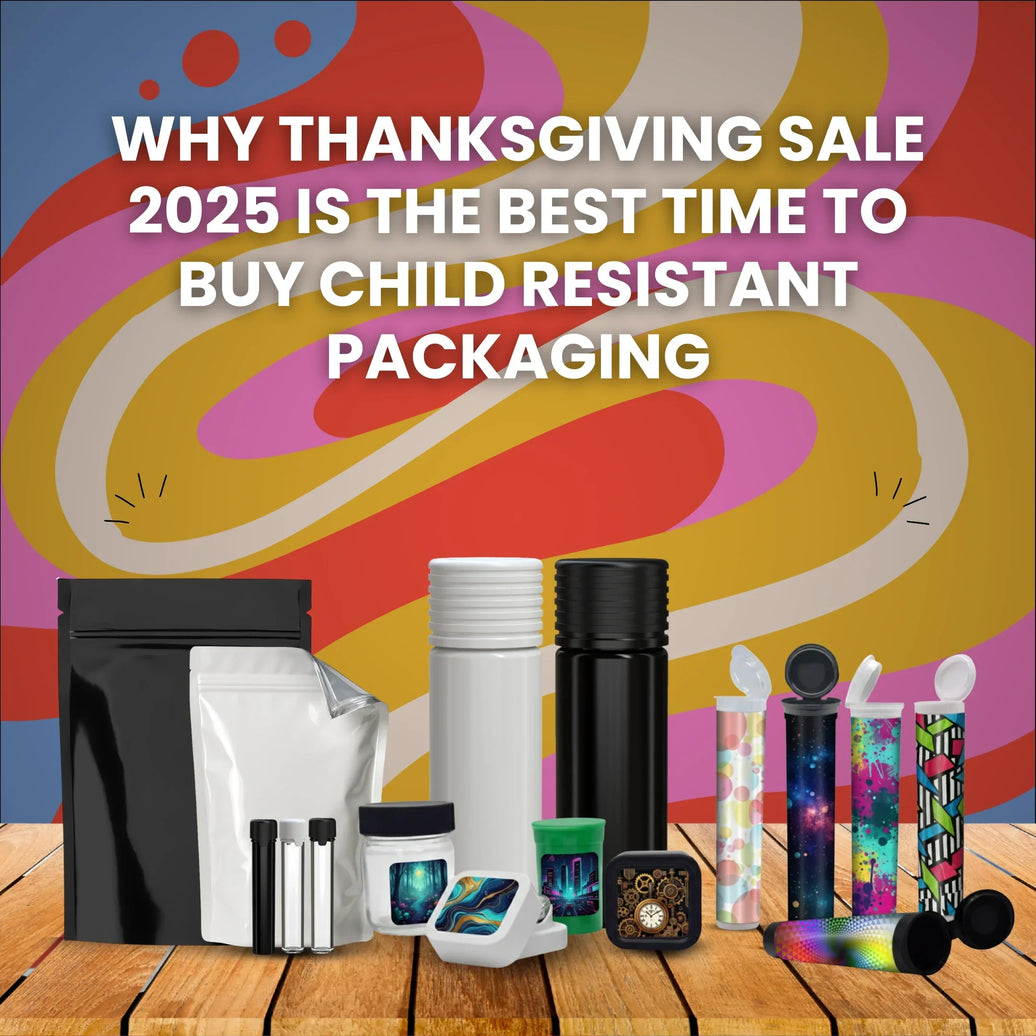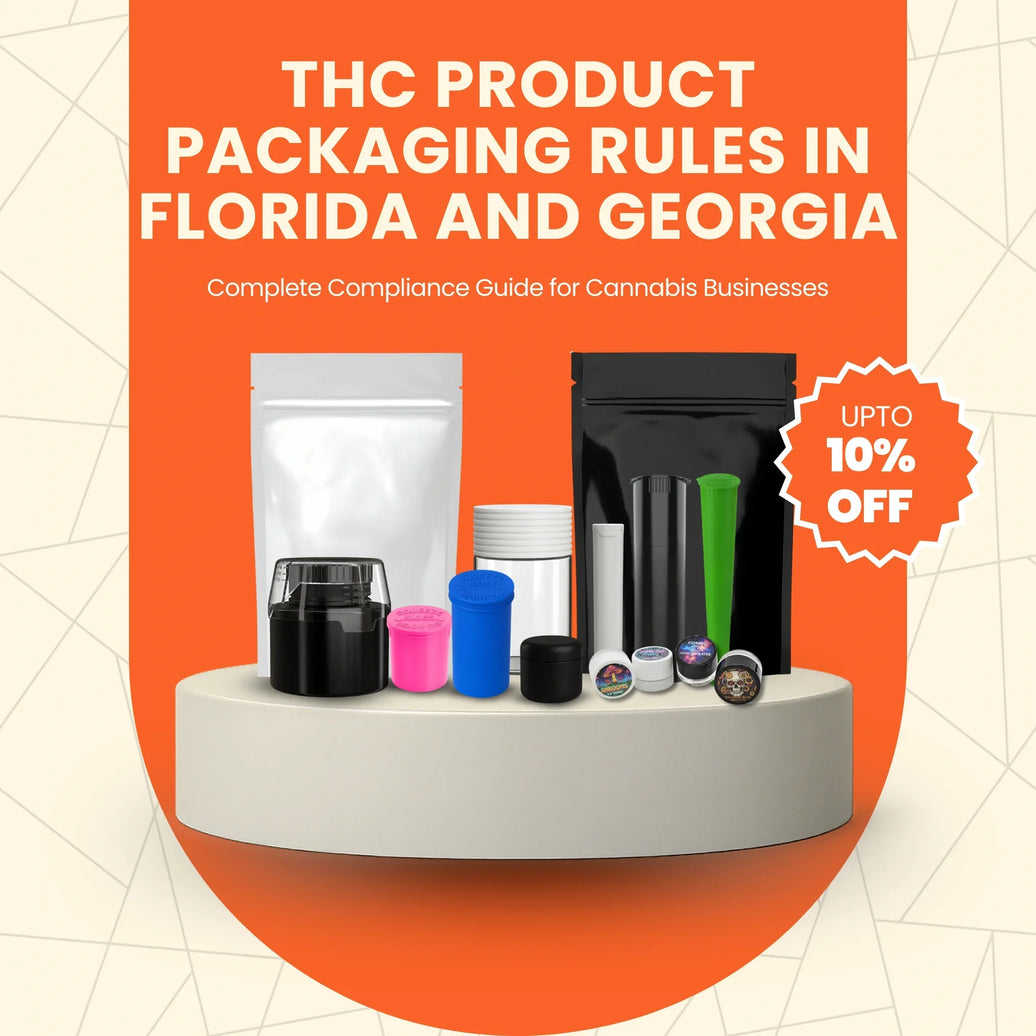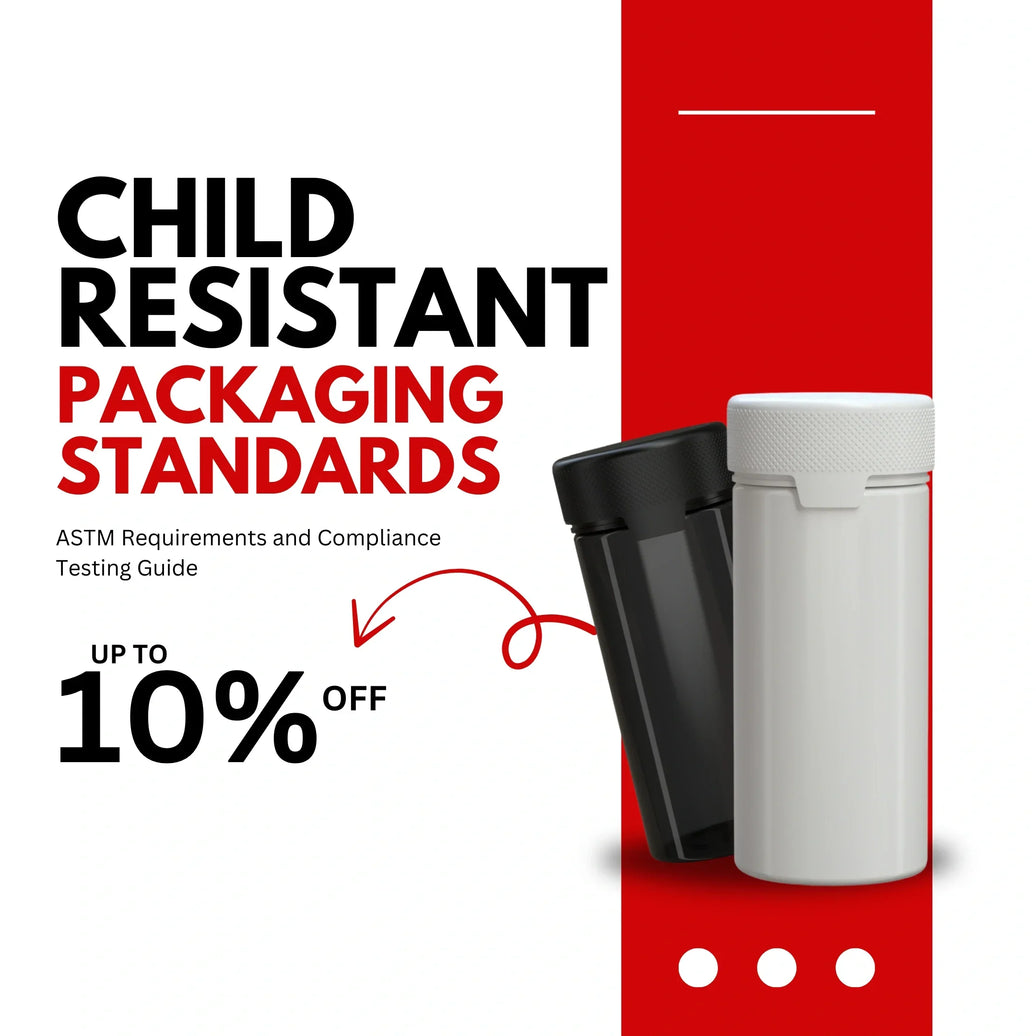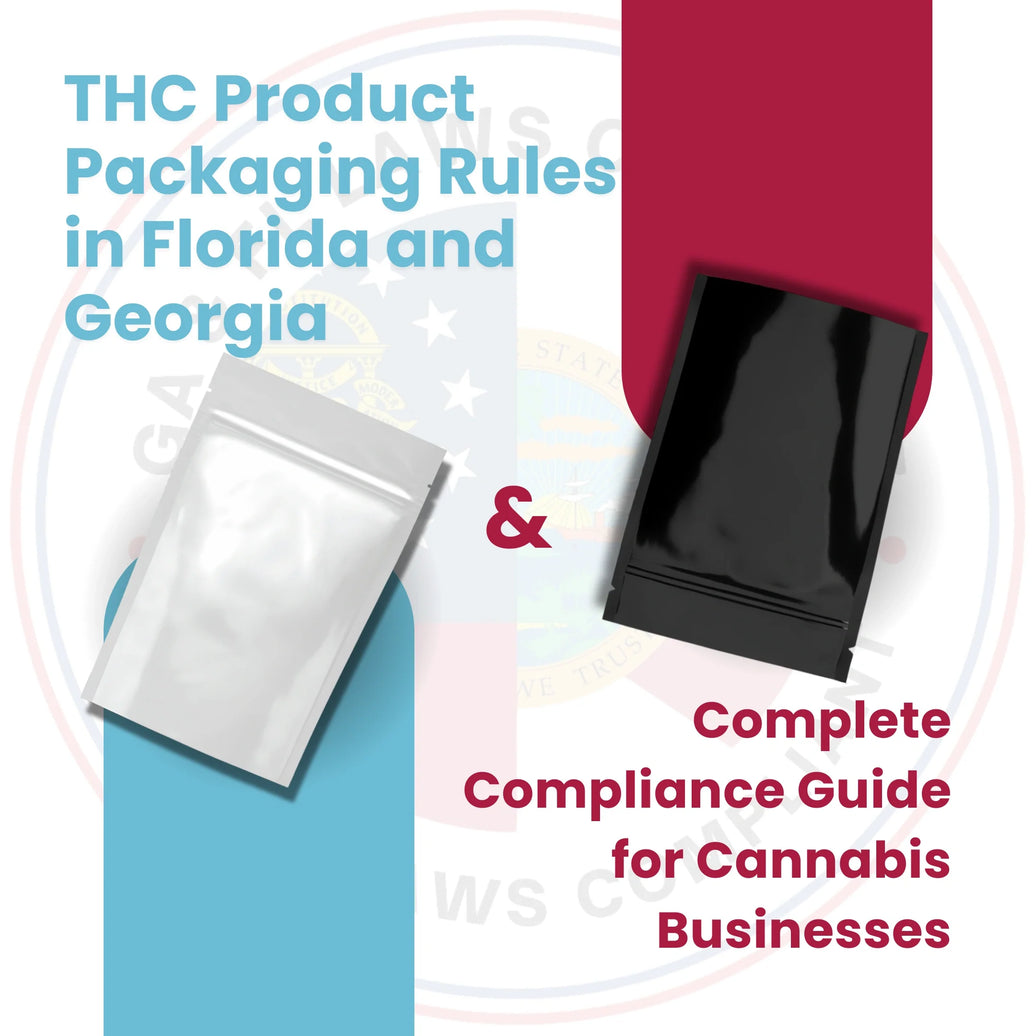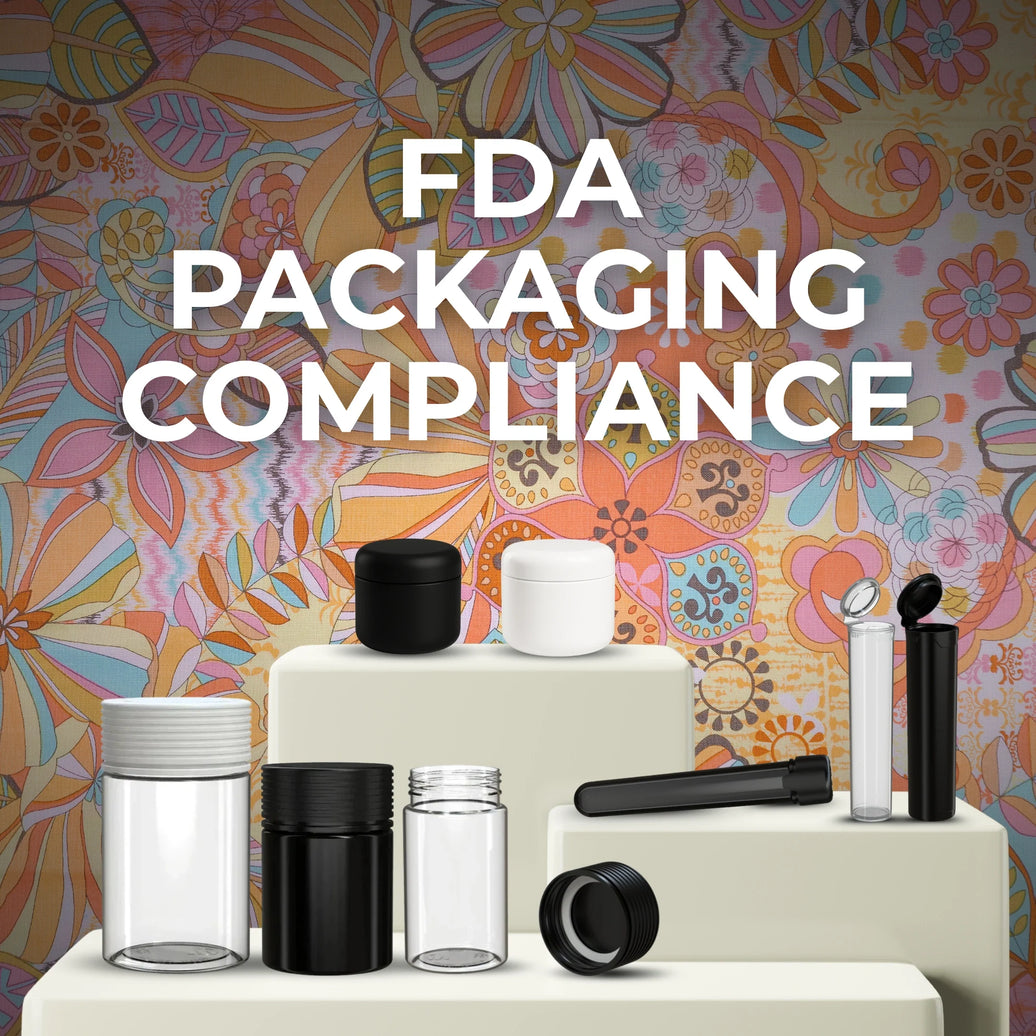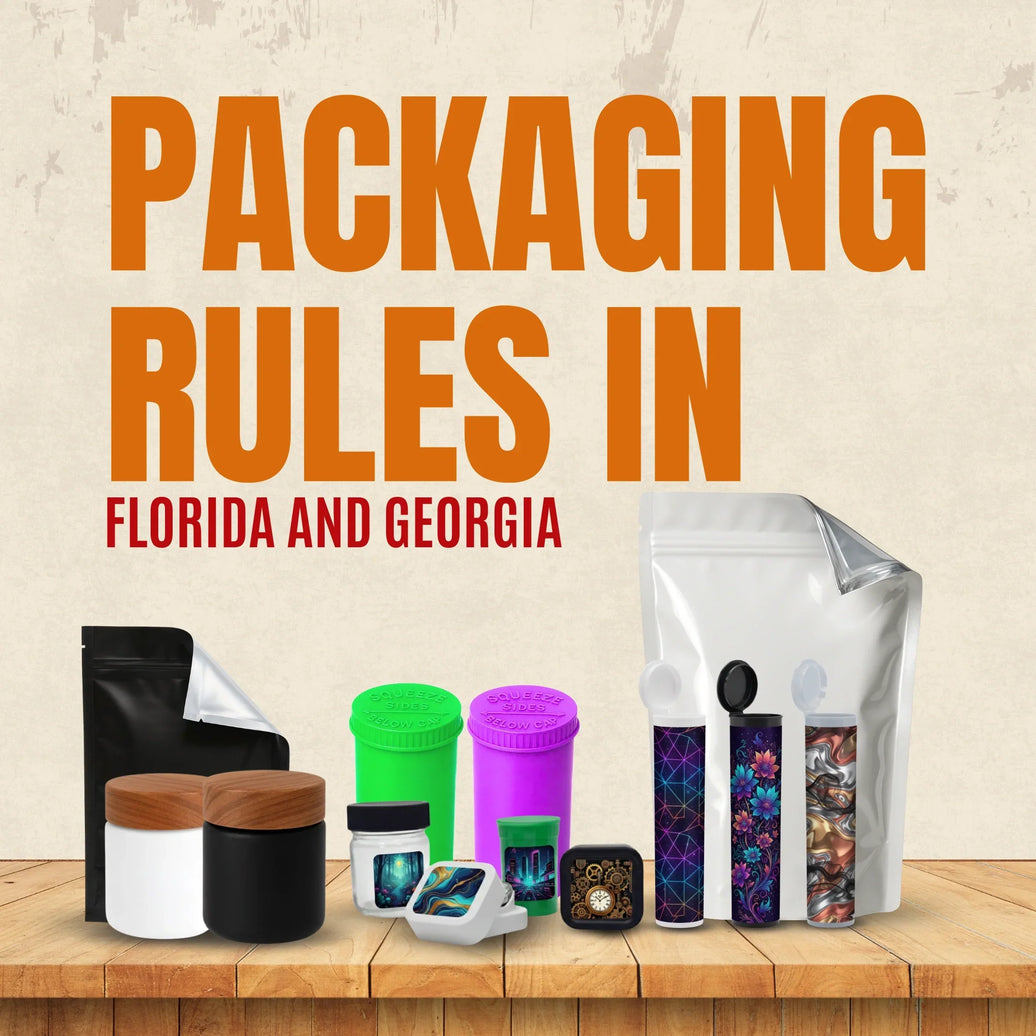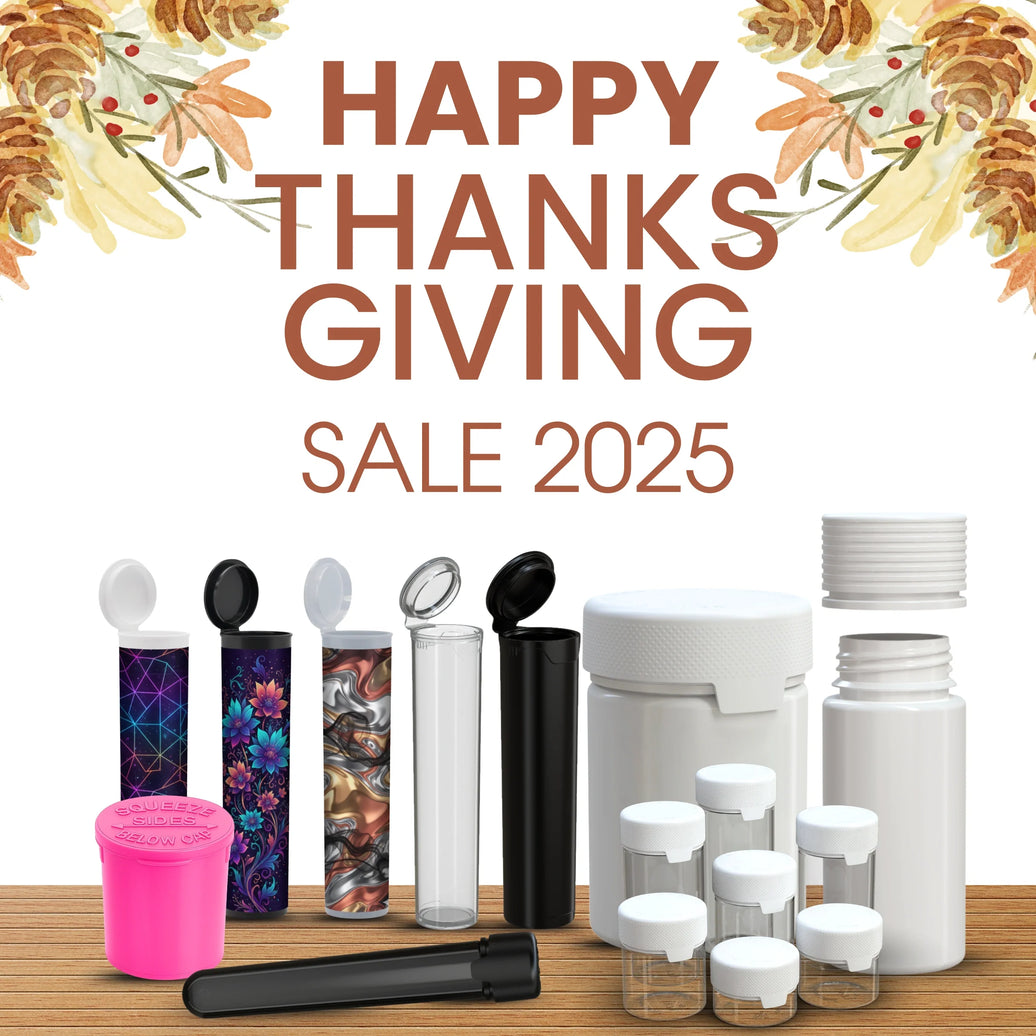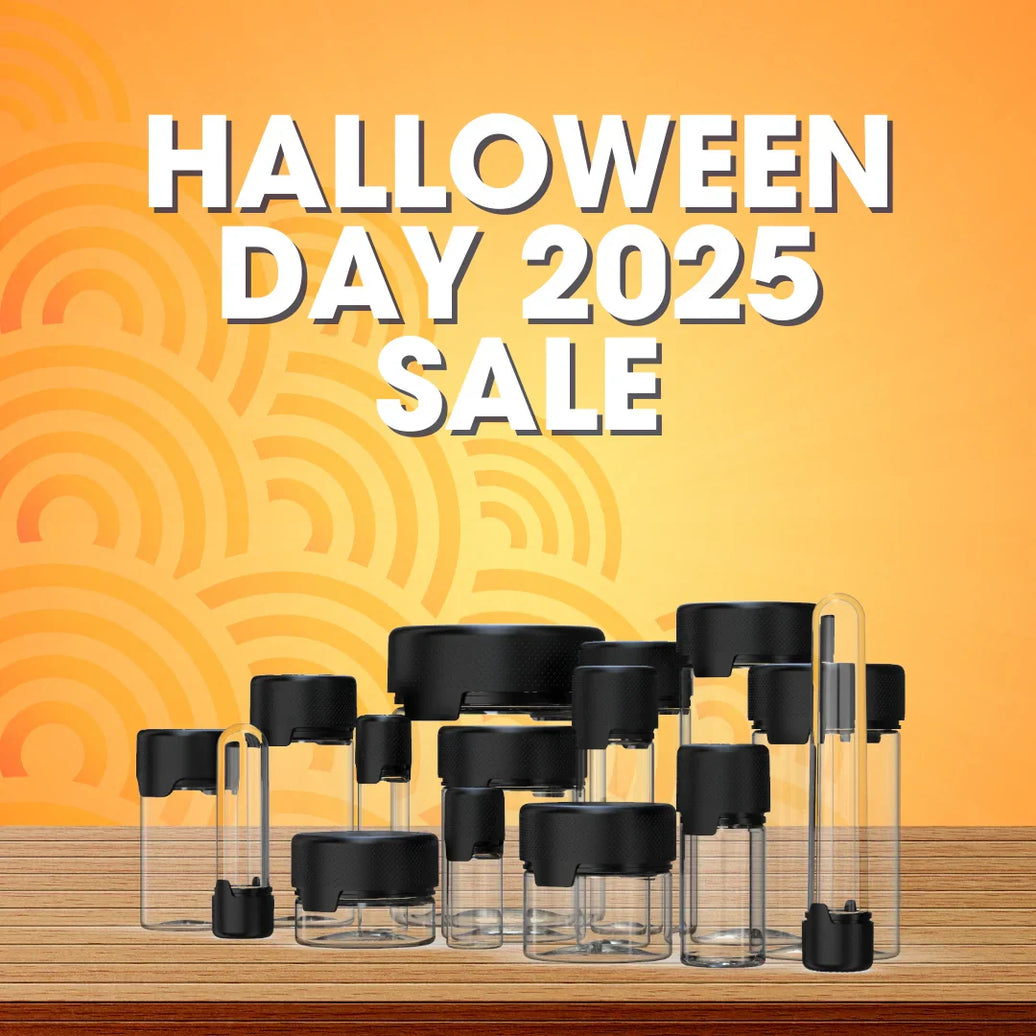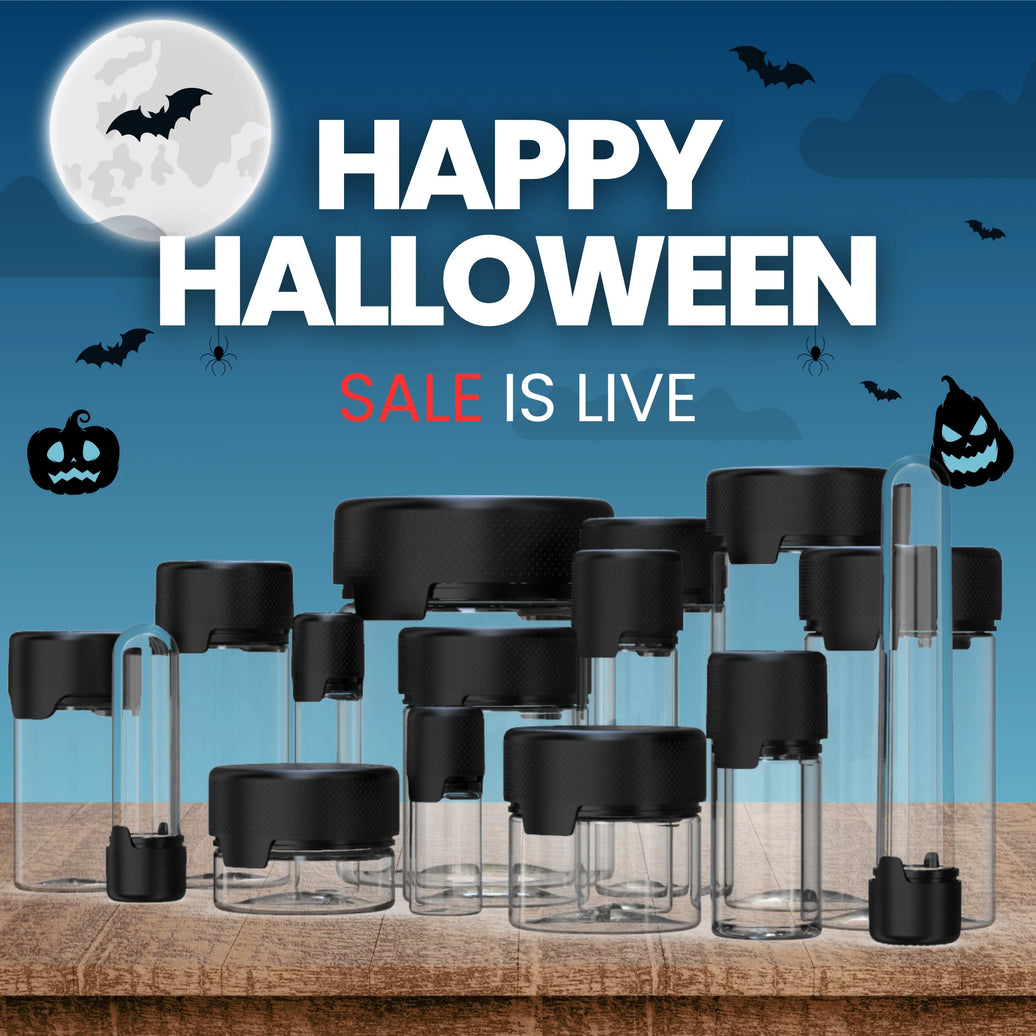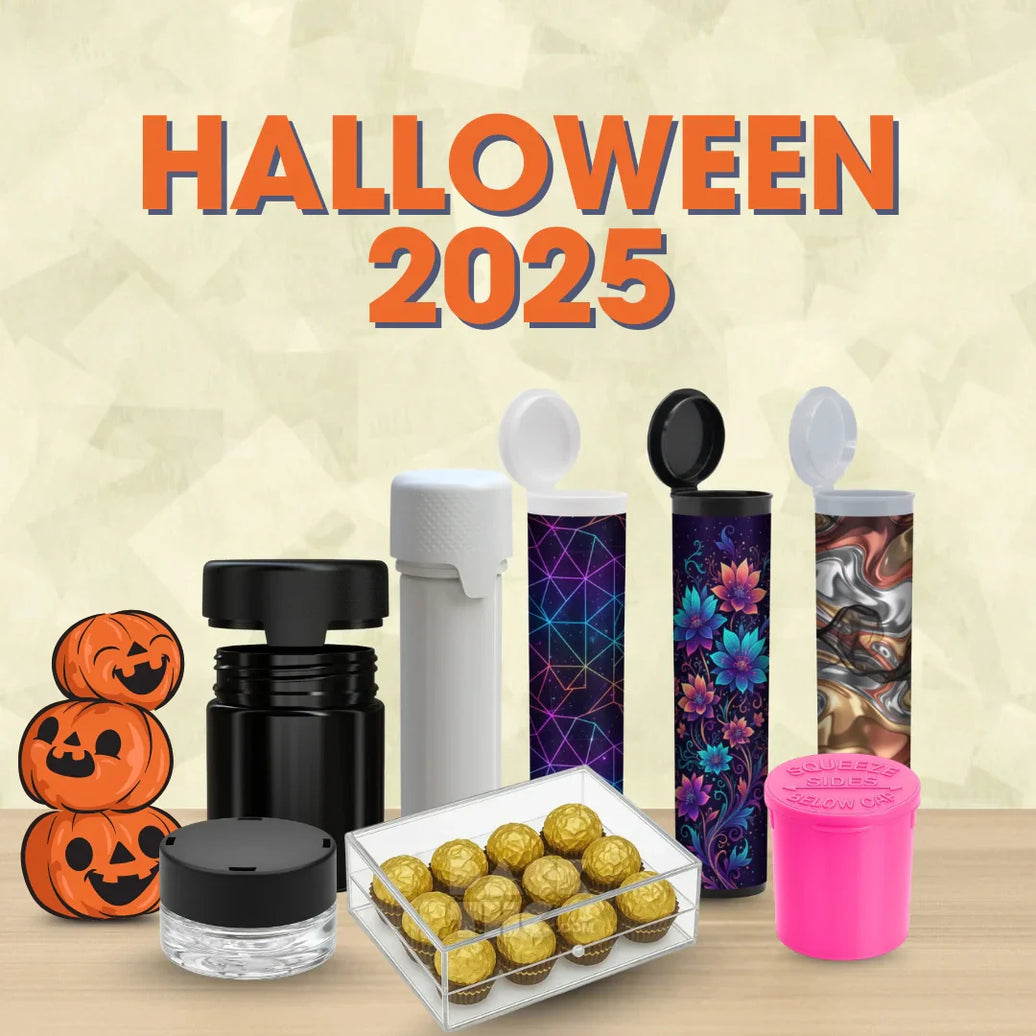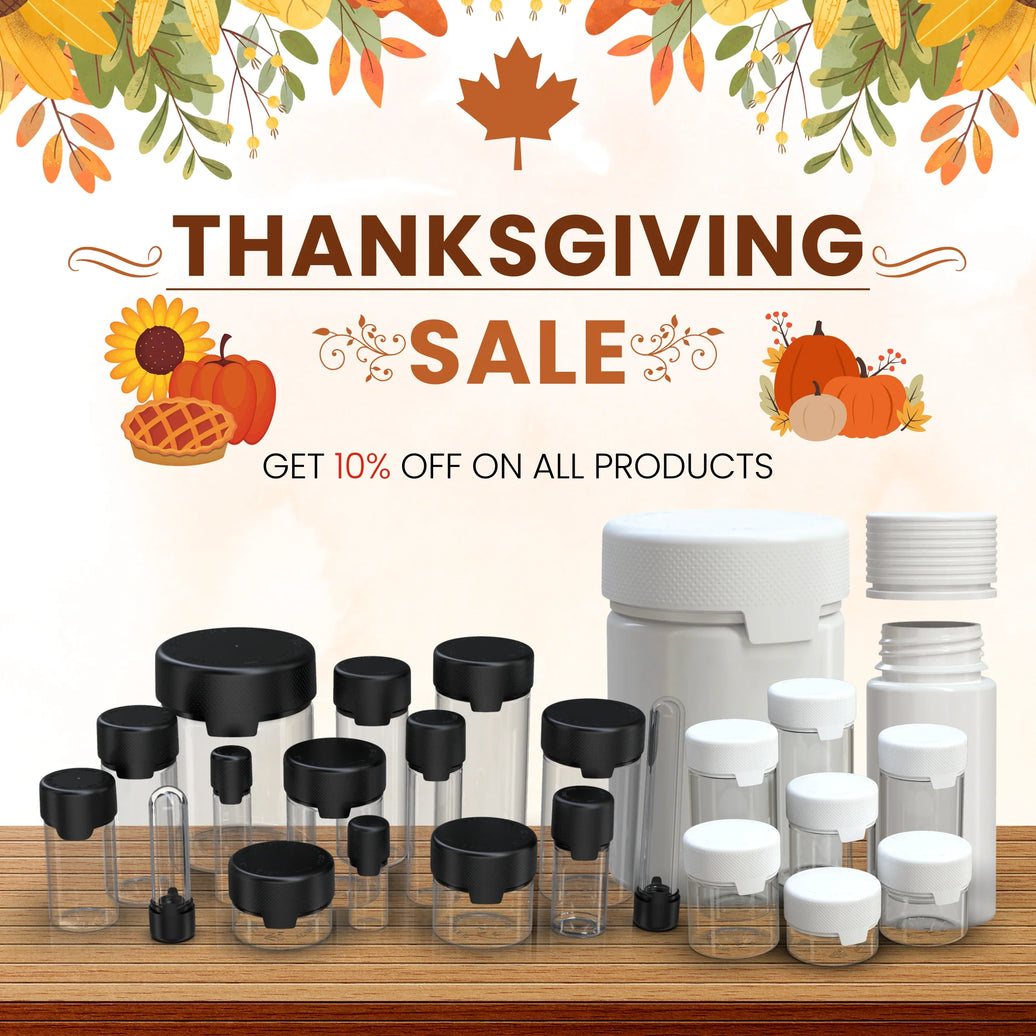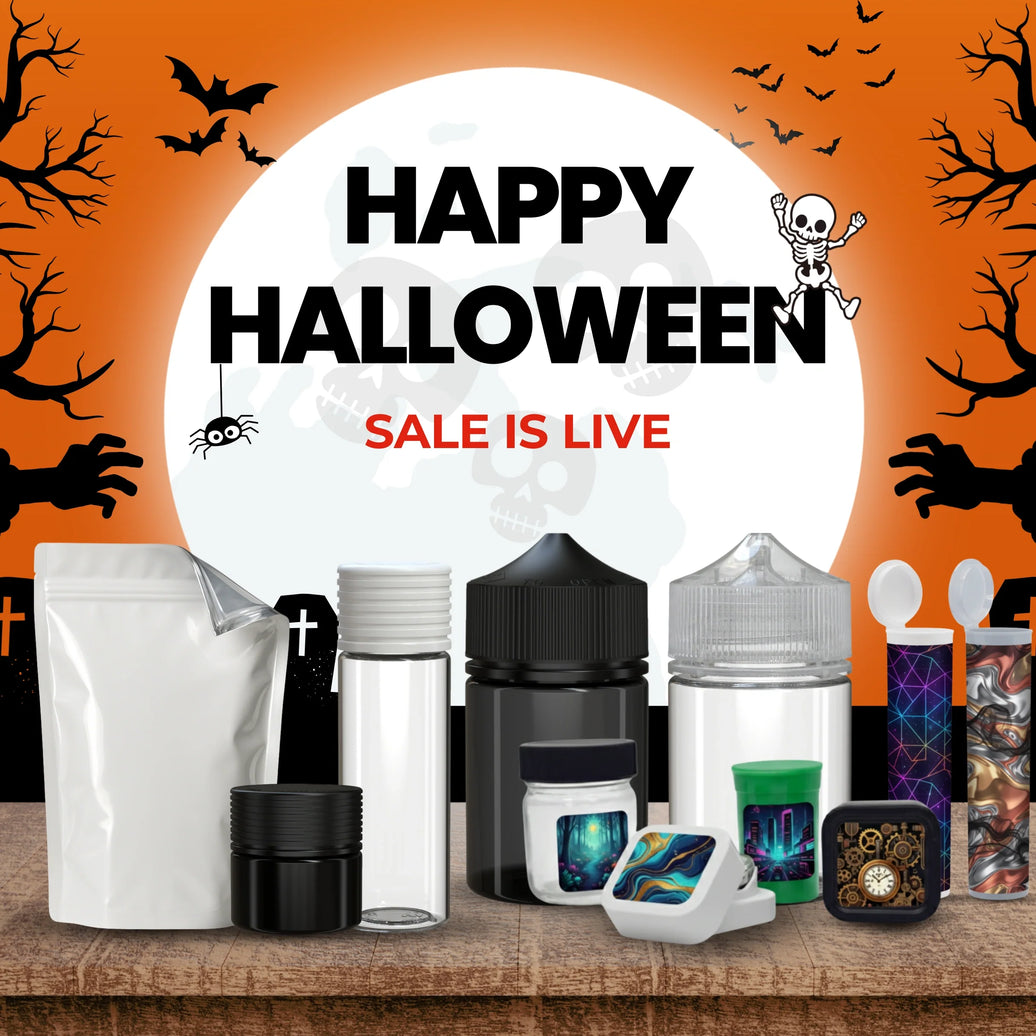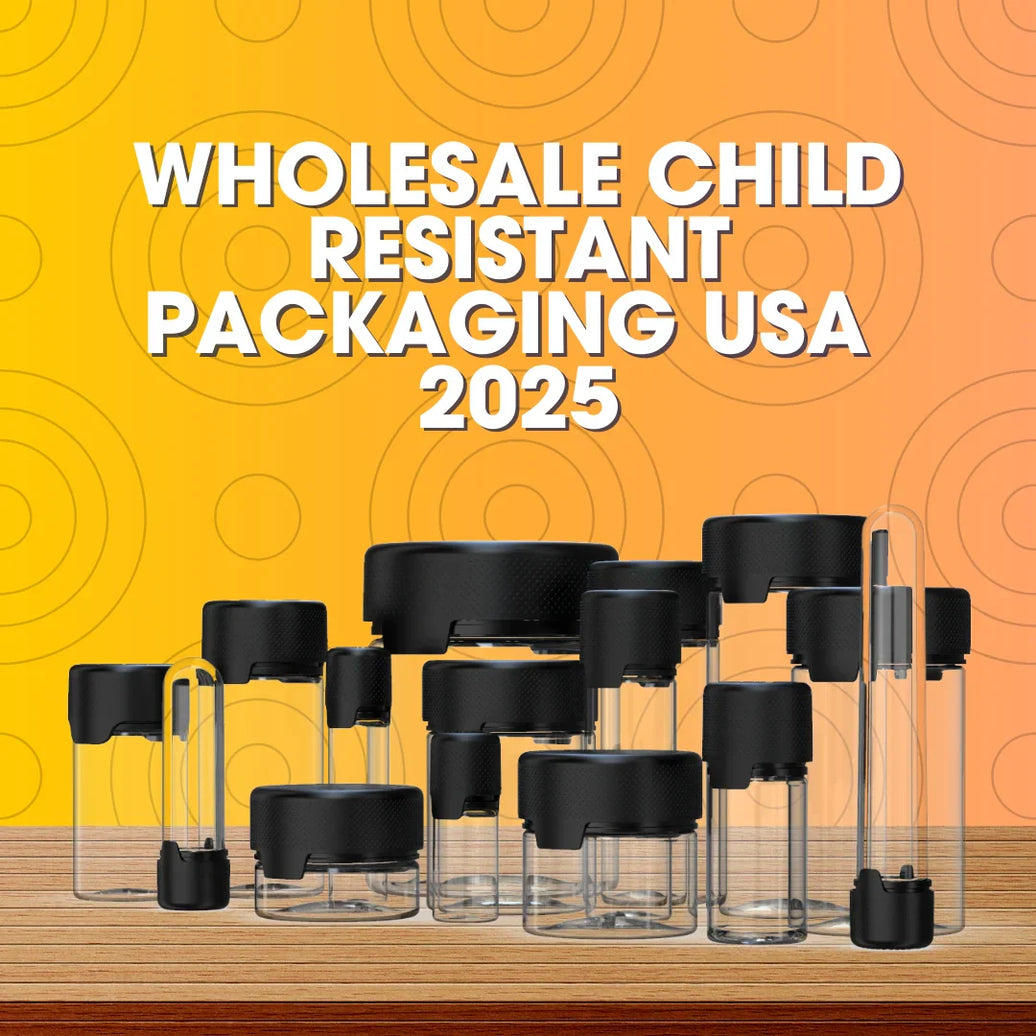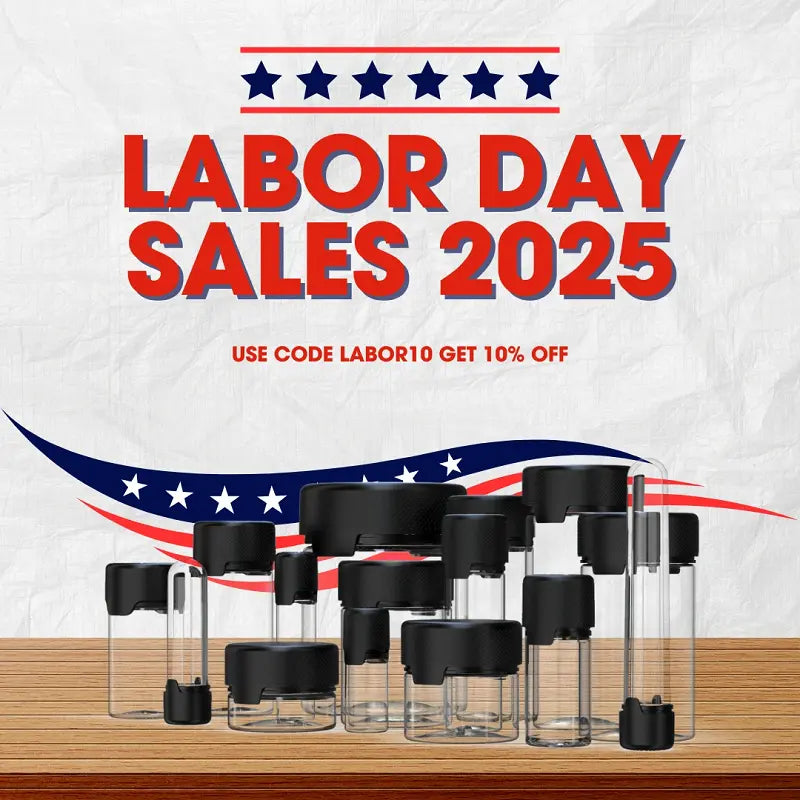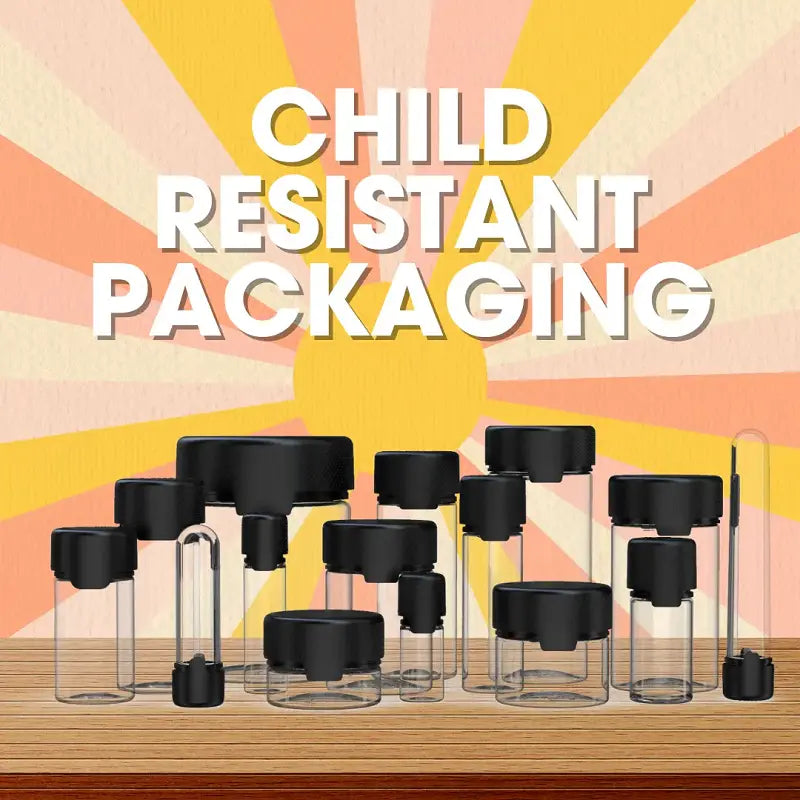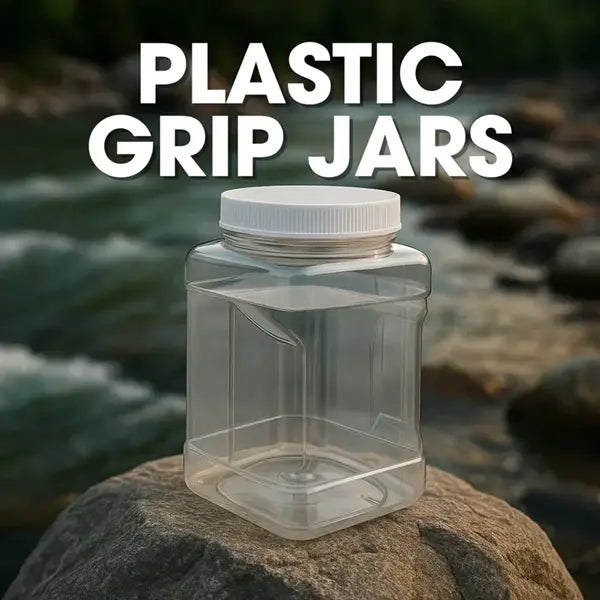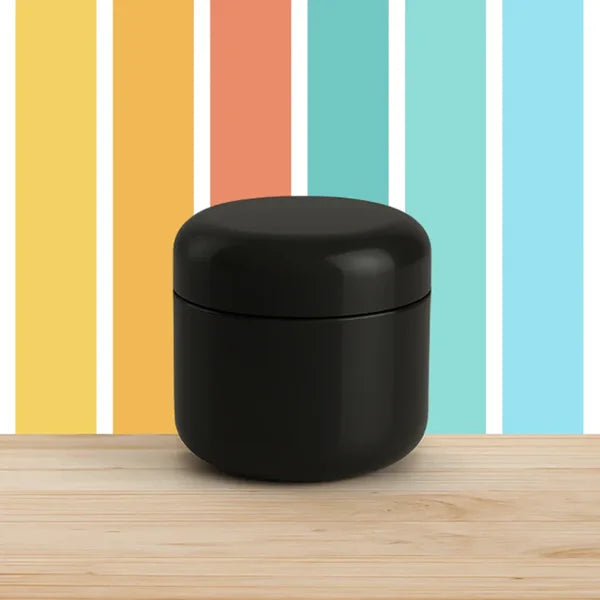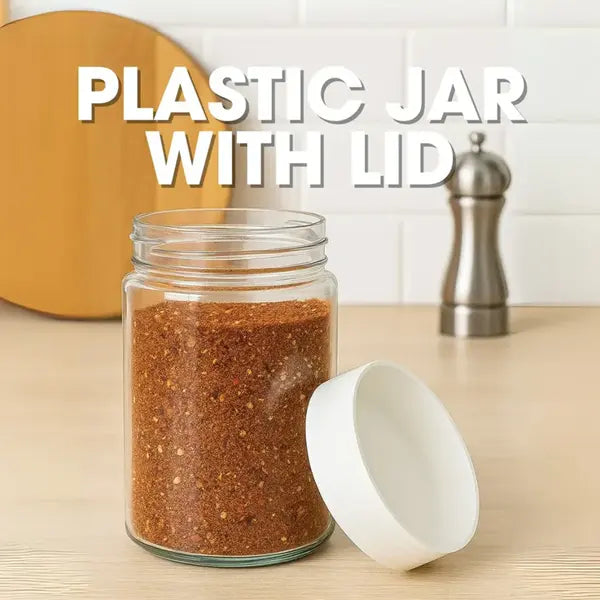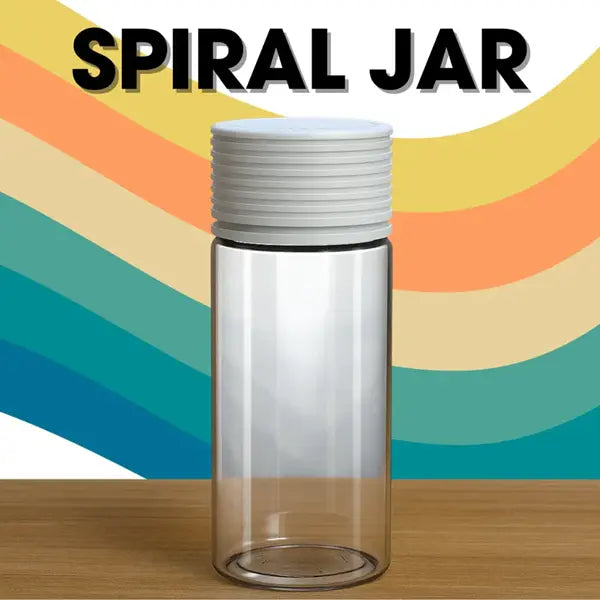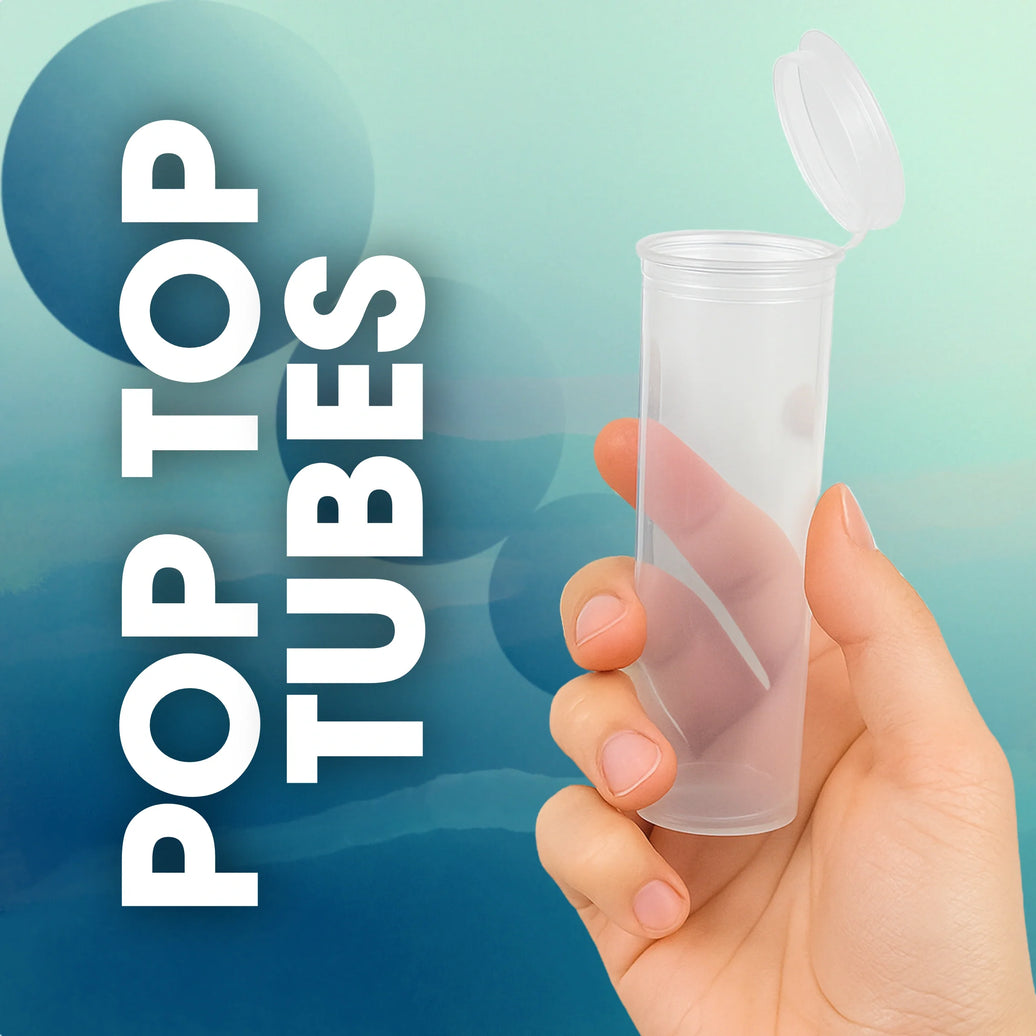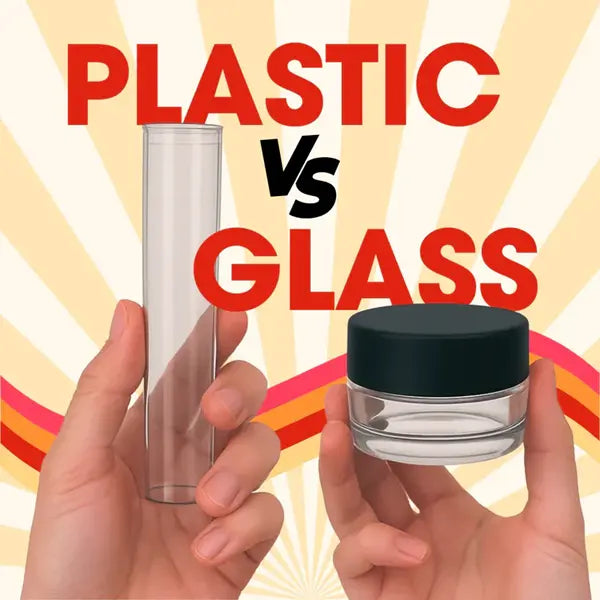Understanding FDA packaging requirements is crucial for any business manufacturing, importing, or distributing food, drugs, medical devices, or cosmetics in the United States. The Food and Drug Administration sets comprehensive standards that protect consumer safety while ensuring product integrity throughout the supply chain.
Overview of FDA Packaging Authority
The FDA's packaging regulations stem from multiple federal acts, including the Federal Food, Drug, and Cosmetic Act, the Fair Packaging and Labeling Act, and the Food Safety Modernization Act. These regulations create a comprehensive framework that governs everything from material safety to labeling accuracy.
The agency's approach to packaging regulation focuses on three primary areas: preventing contamination, ensuring accurate information disclosure, and maintaining product stability during distribution. Each product category faces specific requirements tailored to its unique safety and efficacy concerns.
Food Packaging Requirements
Material Safety Standards
All food contact substances must receive FDA approval before use in packaging applications. The agency maintains a comprehensive database of approved substances, including plastics, adhesives, coatings, and processing aids. Manufacturers must demonstrate that packaging materials do not migrate harmful substances into food products under normal use conditions.
The FDA requires extensive testing data for new packaging materials, including migration studies, toxicological assessments, and environmental fate analyses. This process can take months or years, making early planning essential for companies developing new packaging solutions.
Nutritional Labeling Compliance
The Nutrition Facts panel must appear on most packaged food products, following specific formatting requirements established by the FDA. Recent updates to these requirements include enhanced serving size guidelines, added sugar declarations, and updated daily value percentages based on current nutritional science.
Special labeling requirements apply to dietary supplements, which must include Supplement Facts panels instead of Nutrition Facts. These panels require different formatting and must include specific disclaimers about FDA evaluation of health claims.
Allergen Declaration Requirements
The Food Allergen Labeling and Consumer Protection Act requires clear identification of major allergens in food packaging. The eight major allergens (milk, eggs, fish, shellfish, tree nuts, peanuts, wheat, and soybeans) must be declared in plain English, either in the ingredient list or in a separate "Contains" statement.
Cross-contamination warnings, while not required, are strongly recommended when products are manufactured in facilities that also process allergens. The FDA provides guidance on appropriate language for these voluntary statements.
Medical Device Packaging Standards
Sterile Device Requirements
Medical devices requiring sterile presentation must use packaging systems validated to maintain sterility throughout the product's shelf life. The FDA requires comprehensive validation studies demonstrating package integrity under various environmental conditions and aging scenarios.
Sterile barrier systems must undergo specific testing protocols, including package integrity testing, sterile barrier performance evaluation, and accelerated aging studies. Documentation of these studies must be maintained and made available during FDA inspections.
Labeling for Medical Devices
Medical device labels must include specific information prescribed by FDA regulations, including device identification, intended use statements, contraindications, and warnings. The complexity of required information varies significantly based on device classification and risk level.
Unique Device Identification (UDI) requirements mandate that most medical devices include machine-readable identification codes on their packaging. These codes enable rapid identification during adverse event reporting and facilitate more effective recalls when necessary.
Pharmaceutical Packaging Regulations
Container Closure Systems
Pharmaceutical packaging must demonstrate compatibility with drug products through stability studies and extractables/leachables testing. The FDA requires evidence that packaging components do not adversely affect drug safety, identity, strength, quality, or purity.
Child-resistant packaging requirements apply to most prescription medications and certain over-the-counter products. These containers must meet specific testing standards while remaining accessible to elderly and disabled individuals who may have difficulty with complex closure mechanisms.
Tamper-Evident Features
Over-the-counter drug products must include tamper-evident packaging that clearly shows if the package has been opened or altered. The FDA specifies various acceptable tamper-evident technologies, from shrink bands to breakaway caps, each with specific performance requirements.
Drug Facts Labeling
Over-the-counter drug products must display Drug Facts panels following FDA-specified formatting requirements. These panels include active ingredients, purposes, uses, warnings, directions, and inactive ingredients in a standardized format that enhances consumer understanding.
Cosmetic Packaging Standards
Ingredient Declaration
Cosmetic products must list all ingredients in descending order of predominance, using International Nomenclature of Cosmetic Ingredients (INCI) names where applicable. The FDA provides specific guidance on ingredient naming conventions and acceptable alternatives for trade secret formulations.
Color additives used in cosmetics must be specifically approved by the FDA for their intended use. The agency maintains separate lists of approved color additives for different cosmetic applications, including those safe for use around the eye area.
Safety and Efficacy Claims
While the FDA does not require pre-market approval for most cosmetics, packaging claims must be substantiated and not misleading. Companies must maintain evidence supporting any efficacy claims made on product packaging, including clinical studies or other scientific data.
Import and Export Considerations
Prior Notice Requirements
Food facilities must provide advance notice to the FDA before importing food products into the United States. This notice must include detailed information about the product, packaging, and intended distribution, allowing the agency to assess potential risks before products enter commerce.
Foreign Supplier Verification
The Foreign Supplier Verification Program requires importers to verify that their foreign suppliers meet FDA safety standards, including packaging requirements. This includes ensuring that foreign packaging facilities follow current good manufacturing practices and maintain appropriate documentation.
Digital and Smart Packaging
QR Codes and Digital Labels
The FDA recognizes digital labeling technologies as acceptable methods for providing required information, particularly for medical devices and pharmaceuticals. QR codes and other digital formats can supplement traditional labeling while meeting accessibility requirements.
Smart packaging technologies that monitor product conditions or provide interactive consumer information must still comply with traditional labeling requirements. The FDA evaluates these technologies on a case-by-case basis to ensure they enhance rather than replace essential safety information.
Enforcement and Inspection Procedures
Facility Inspections
FDA inspectors regularly evaluate packaging operations as part of routine facility inspections. They examine packaging material specifications, validation studies, labeling procedures, and quality control systems to ensure ongoing compliance with federal requirements.
Inspection findings that identify packaging violations can result in warning letters, import alerts, or more severe enforcement actions. Companies should maintain comprehensive documentation and train staff on proper inspection procedures to facilitate smooth regulatory interactions.
Recall Procedures
When packaging defects contribute to product recalls, the FDA requires detailed analysis of root causes and corrective actions. Companies must demonstrate that packaging improvements prevent recurrence of similar problems and protect public health.
Best Practices for FDA Compliance
Establish Robust Quality Systems
Implement comprehensive quality management systems that address packaging design, material selection, supplier qualification, and ongoing monitoring. These systems should include regular audits, corrective action procedures, and continuous improvement processes.
Maintain Current Documentation
Keep detailed records of packaging specifications, testing results, supplier certifications, and regulatory submissions. The FDA expects companies to maintain these records for specific periods and make them available during inspections.
Train Personnel Regularly
Ensure that all personnel involved in packaging operations understand current FDA requirements and company procedures. Regular training updates help maintain compliance as regulations evolve and new products are introduced.
Engage with Regulatory Experts
Consider working with regulatory consultants or legal experts who specialize in FDA compliance. These professionals can help navigate complex requirements and provide guidance on emerging regulatory trends that may affect packaging operations.
Emerging Trends and Future Considerations
Sustainability Initiatives
The FDA is increasingly considering environmental impacts in its regulatory approach to packaging. While not yet mandating specific sustainability requirements, the agency encourages companies to consider environmental factors in packaging design decisions.
Digital Health Integration
As digital health technologies become more prevalent, the FDA is developing guidance for packaging that incorporates connected devices or digital health monitoring capabilities. These hybrid products may face novel regulatory requirements that blend traditional packaging rules with digital device regulations.
Global Harmonization Efforts
The FDA continues to work with international regulatory bodies to harmonize packaging requirements where possible. This trend may lead to more consistent global standards, simplifying compliance for companies operating in multiple markets.
Conclusion
FDA packaging compliance requires ongoing attention to evolving regulations, comprehensive documentation, and robust quality systems. Success depends on understanding the specific requirements for your product categories while maintaining flexibility to adapt to regulatory changes.
Companies that invest in strong compliance programs not only avoid regulatory problems but often discover operational efficiencies and quality improvements that benefit their entire business. The key to long-term success lies in viewing FDA compliance as an integral part of product development rather than an external constraint.
By staying informed about current requirements, maintaining excellent documentation practices, and implementing comprehensive quality systems, businesses can navigate FDA packaging regulations confidently while protecting both consumers and their own commercial interests.

